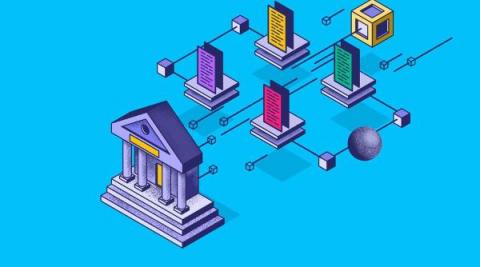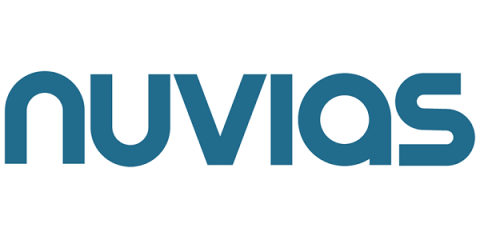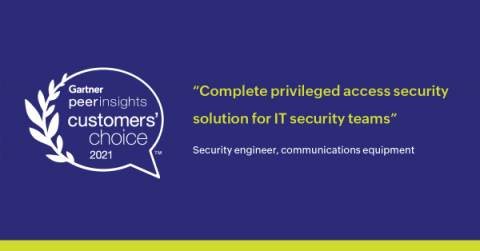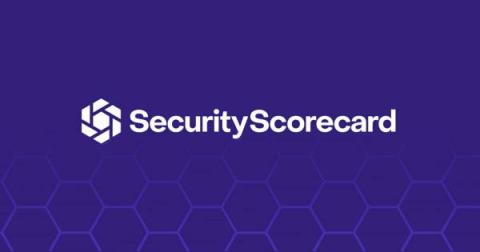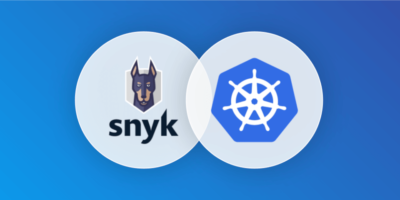The factors that determine the cost of cyber insurance
In our predictions, we highlight how cybersecurity will become a key area for insurers in 2022. The seriousness and growth in damages caused by cyberthreats has raised the price of policies sharply in 2021, according to experts. Given this situation, companies must either be prepared to take out new insurance at higher rates or expect a rise in the cost of their current policy. But what elements determine the cost of cyber insurance for insurers? There are 5 key factors, both internal and external.





